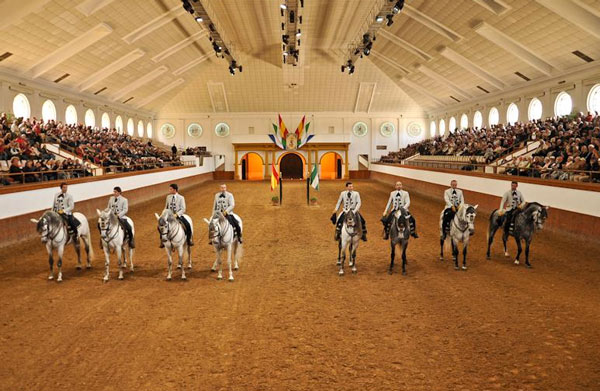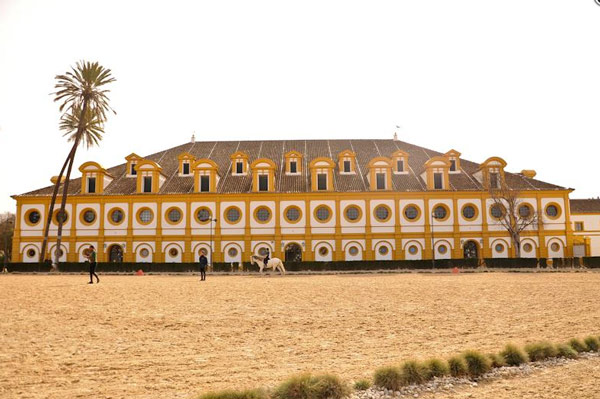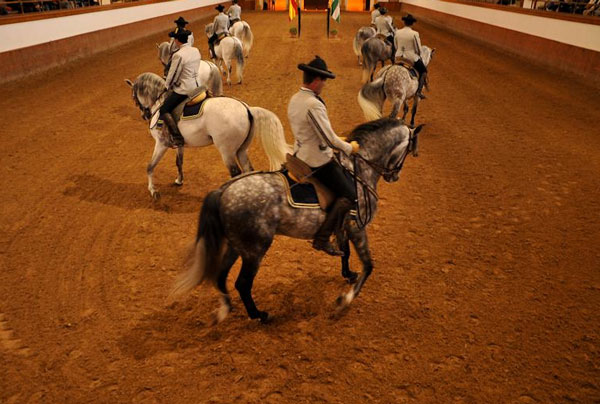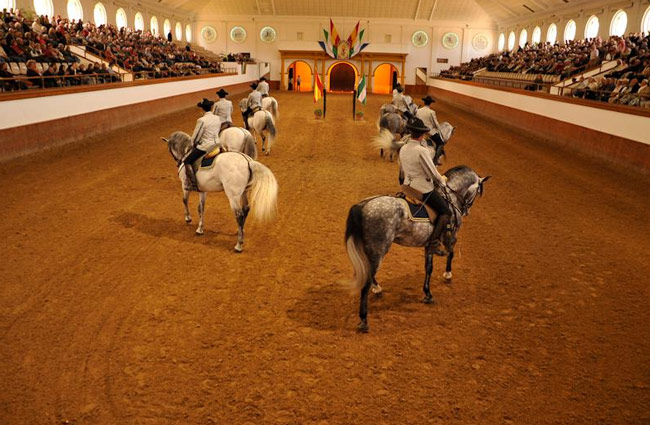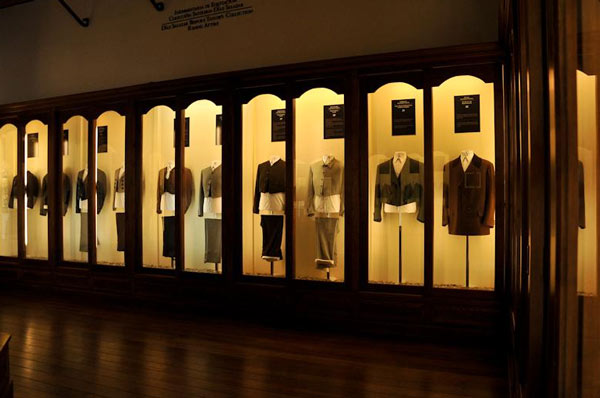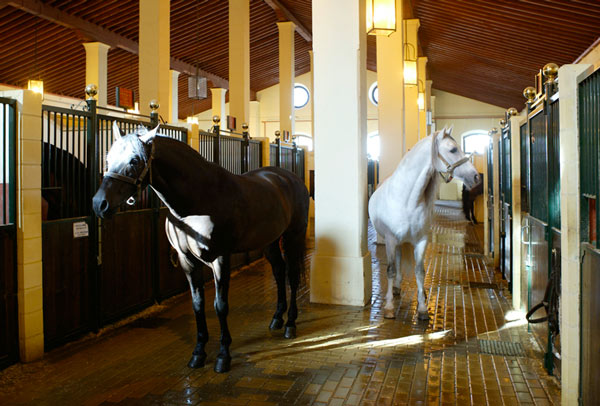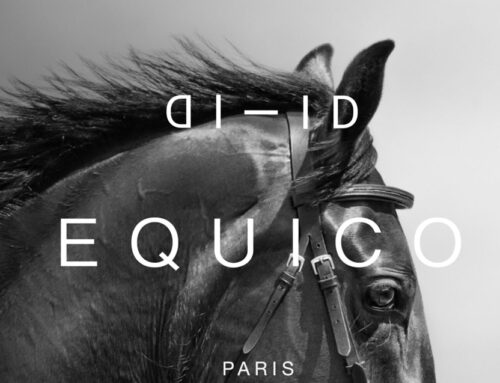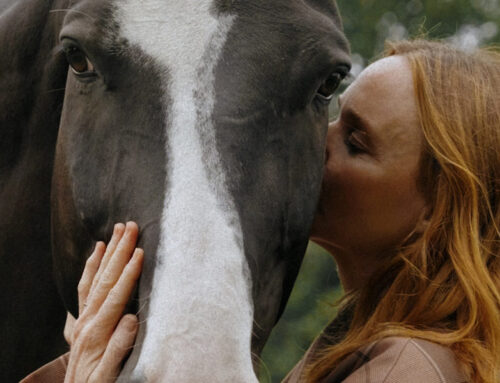We figured everyone may like a little chance to travel in their homes. I’m making my bucket list as we speak. We all know this to shall pass but it’s important that we remain positive in our thoughts and don’t let the dream surpass us.
We’d like to introduce you to…
The Royal Andalusian School of Equestrian Art Foundation, based in Jerez de la Frontera, Spain is known all over the world thanks to its show entitled “How the Andalusian Horses Dance”, a unique exhibition of horsemanship which both exhibits and summarizes the work which the institution has carried out since its establishment.
Background
In May 1973 his Majesty King Juan Carlos I – then Crown Prince of Spain – awarded Don Alvaro Domecq Romero the ‘Caballo de Oro’ (Golden Horse) trophy in Jerez de la Frontera. This is the most prestigious equestrian trophy awarded annually in Spain in recognition of dedication to, and work carried out in favour of, the horse. In honour of this award, Alvaro Domecq presented his show “How the Andalusian Horses Dance” for the very first time, such event representing the origin of our Foundation. In its initial stage the School developed under the personal management of its creator. Later the Ministry of Information and Tourism decided to take charge, purchasing the ‘Recreo de Las Cadenas’ to this end from the Duke of Abrantes, and an arena was built by the architect José Luís Picardo, which could seat up to 1,600 spectators and had stable facilities for 60 horses.
In 1982 the ministry handed over the running of the School to a Governing Body, under the charge of the Cadiz Provincial Council, thus promoting the re-launch of the school at both a national and international level. Shortly after the Governing Body purchased the School and after public tender the post of Technical Director was awarded to its creator and founder, D. Alvaro Domecq Romero.
In June 1987 His Majesty the King received the members of the Governing Body in audience at the Zarzuela Palace, accepting the post of honorary President and conferring the title of ‘Royal School’ to the Institution. Since October 15th of the same year, Their Majesties King Juan Carlos and Queen Sofía have presided over the inaugural events from the Royal Box in the arena of the ‘Royal’ School Foundation. In July 2003 the previous Governing Body became the Foundation, thus obtaining greater legal entity and allowing it to receive private finance for future development.
Although apparently the show “How the Andalusian Horses Dance” is considered the maximum exponent of the School’s work, there are other aspects which are regarded as equally, or even more important, for the Institution.Among these, we would like to highlight its role as a social and cultural vehicle for our equestrian heritage, the selection and promotion of horses, the training of Haute École riders, the preservation and promotion of Classical and Country Dressage (Doma Vaquera), maintaining the prestige of our horsemanship, the breed of our Spanish horses, our traditions and culture. Furthermore, the show enables the Royal School to play host to the Province of Cadiz and to act as ambassadors abroad on annual tours to different foreign countries.
The Museum of Equestrian Art is part of the facilities of the Royal Andalusian School of Equestrian Art, a repository of the Andalusian equestrian heritage, and includes a visit through the main facilities of the Institution. Opened in 2005, the museum is devoted to the art of horsemanship, its appreciation, preservation, study and promotion. It takes through the origins and evolution of equestrian art from the beginning to the present day by various means to facilitate the appreciation of the experience using all the senses.
The main area of the museum is complemented by other facilities that enhance your appreciation for the equestrian art: the Visitor Reception Centre, which shows an audiovisual presentation of the history of equestrian art in Andalusia; the saddlery, an authentic craft laboratory for the creation and restoration of the traditional harnesses; the tack room, where the different pieces of riding equipment and harnesses are kept ready for each performance; the indoor arena, where the show “How the Andalusian Horses Dance” demonstrates the equestrian art at its highest level; the stables, where visitors may admire the genuine protagonists of the museum; the botanical gardens and the visit to the state rooms of the Recreo de las Cadenas Palace.
During his reign, Felipe II planned the improvement of the then existing Spanish stock, sparing no efforts in his venture, this great labor achieved enormous success in the selection of the Pure Thoroughbred Spanish Horse. The Grand Master of horse-riding François Robichon de la Guernière stated ‘All writers have always given preference to the Spanish horse and considered it to be the best of all horses for the arena, due to its agility, resourcefulness and natural rhythm. It has been esteemed the most appropriate for the arena, for displays and parades, for its poise, grace and nobility; and even more suitable for war on a day of action, both for its great spirit and docility’. And adds: ‘the Spanish Horse is the most fitting to be mounted by a King on occasions of triumph’.
The Spanish horse was the most highly appreciated in Europe for several centuries.
Some defining characteristics of the Purebred Spanish Horse are as follows: Energetic temperament, Noble and docile, Good reactions and responses, Special predisposition for collection, Considerable extensions and elevations, Brilliant and energetic airs and Great aptitude for Haute École and airs above the ground.

